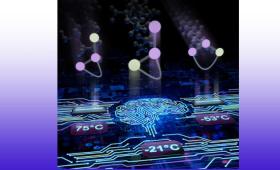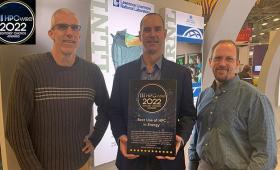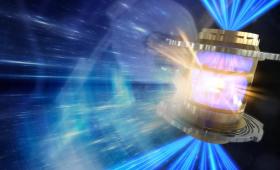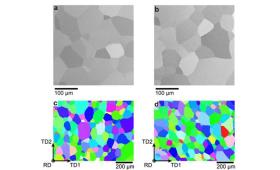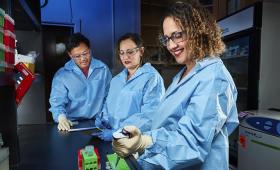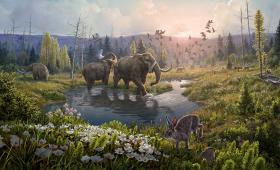An international team reports the oldest ancient environmental DNA record to date, describing the rich plant and animal assemblages of the Kap København Formation in north Greenland
Science and Technology
in the News
Science and Technology
in the News
News Center
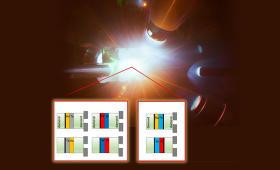
In new research published in Physical Review B, LLNL scientists report on a series of X-ray diffraction experiments on five metals dynamically compressed to 600 GPa (6,000,000 atmospheres of pressure).
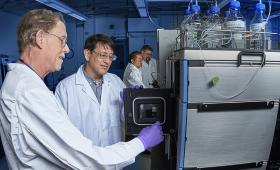
LLNL scientists have developed a new technique to analyze fentanyl in human blood and urine samples that could aid work in the fields of medicine and chemical forensics.
